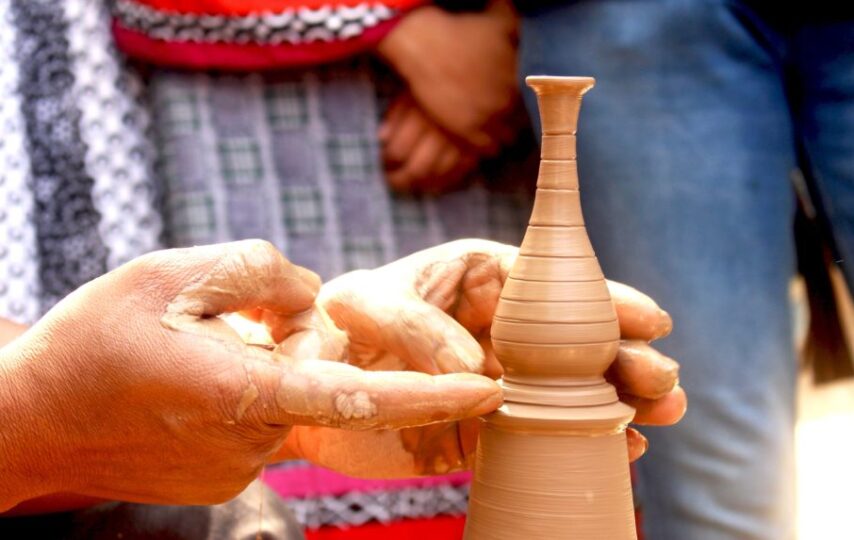PVC clay is a form of modelling clay with a polymer polyvinyl chloride as its primary ingredient (PVC). Although it does not include clay minerals, it is just as pliant as mineral clay. Sometimes, polymer clay needs to be conditioned to be more flexible and to prevent cracks from appearing on the surface while rolling.
Different products might carry additional instructions, so it might be best to defer to specific package instructions. Finally, you can bake it in the oven to harden it following the moulding process. Baking does not change the size or dimensions but solidifies the shape.
Is clay moulding a good hobby?
Any creative outlet that is relatively inexpensive and poses no physical or psychological harm is generally a good habit. Thus, PVC clay falls in this category. It is superior to more commercially known clay products because it is cheaper and allows creations to solidify and, therefore, something you can keep.
You can find clay in your local craft stores or online in different colours. However, the more experienced users prefer white so they can apply their colour.
Is it safe for kids?
Yes, it is safe, provided it is not eaten or placed in the nose or ears. You have to be cautious about baking temperature since the burned clay might emit odour and smoke that can irritate. Remember to work in a well-ventilated space.
Things to get started
Workspace: It is where you will be doing your work. Allocate a work surface that is free of debris and smooth. You can cover the area with disposable sheets like wax or baking paper if you are concerned about getting it in contact with your table.
Instruments: Your own two hands, a rolling pin, cutting blade, and other shaping tools are all that you need. But as you begin to work with more intricate designs, you might need more specialised tools.
Oven: To bake the clay, you’ll need a range. A small oven is advisable since your figures will likely be small. Also, it is best to dedicate an oven to your sculpting hobby for food safety purposes.
It is possible to cover your working space with wax or parchment paper, and you can also use it to cover the baking sheets on which you are curing the moulding medium.
So, what exactly is conditioning?
Conditioning is the handling of clay so it becomes project ready. It is possible to condition some varieties of clay straight from the package or apply heat to it with your hands. On the other hand, some clay forms are far more difficult to handle and may require a special gadget that rolls them into thin sheets.
What is the best way to cure clay?
Curing means making the clay hard, and baking accomplishes this. Use an oven toaster.
And remember to line surfaces with a baking sheet to avoid accidental ingestion. Follow the baking time procedures stipulated on the pocket, but it is around 15-20 minutes per quarter inch thickness for most parts.
Because of the flexibility of polymer clay, you may make a variety of objects. For example, creative artisans have used clay to create jewellery, ceramics, decorations, sculptures, etc. After the sculpting medium has dried, you may proceed by polishing, glazing, or even painting it to give it a more finished look.



